Abnormal Droppings in Birds

Abnormal droppings are a non-specific sign of illness in birds. Causes may range from a dietary intake of excess fruits to bacterial or viral intestinal infections and heavy metal toxicity. Any changes in the color or consistency of your bird’s droppings should be addressed by your avian veterinarian.
Diaphragmatic Hernias in Dogs
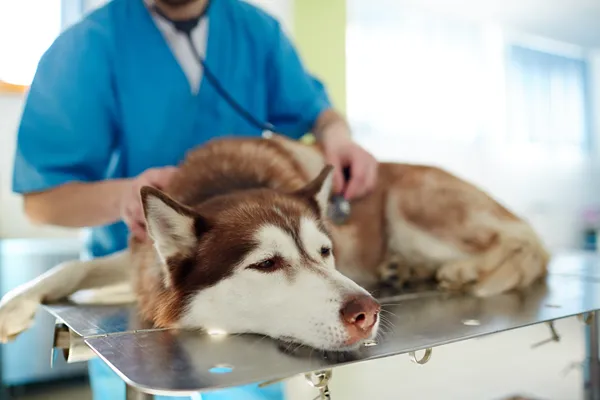
The diaphragm is the muscular partition that separates the abdomen and the chest. Tearing or disruption of this thin muscle is called a diaphragmatic hernia or diaphragmatic rupture. The most common cause of diaphragmatic hernia is blunt force trauma.
Diabetic Ketoacidosis in Dogs
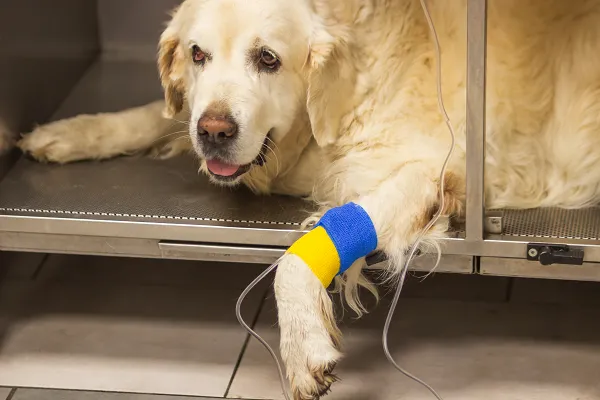
Diabetic ketoacidosis is a medical emergency that occurs when there is not enough insulin in the body to control blood sugar (glucose) levels. It is important for your veterinarian to perform appropriate tests in order to diagnose this disease as similar signs can occur with other medical conditions. Treatment involves hospitalization with IV fluids, short acting insulin and electrolyte replacement. The most important step in prevention is ensuring proper insulin dosing is being administered.
Diabetes Mellitus: Insulin Treatment in Dogs

Diabetes mellitus results from an inadequate production of insulin from the pancreas. The primary treatment is replacement by insulin injections. The body’s response to the injections needs to be regularly monitored using an at-home glucometer or continuous glucose monitoring system. Insulin must be stored and reconstituted carefully to ensure dosing is accurate. Giving subcutaneous injections of insulin can seem daunting at first, but by following the directions in this handout, it will quickly become second nature to both you and your pet.
Cystine Bladder Stones in Dogs

Cystine bladder stones appear to be the result of a genetic abnormality that prevents a dog from reabsorbing cystine from the kidneys. While bladder stones in general are somewhat common in dogs, cystine bladder stones are rare. Your veterinarian may be able to palpate the stones or may need to perform imaging studies such as a bladder ultrasound or a contrast radiographic study. There are two primary treatment strategies for treating cystine bladder stones in dogs: dietary therapy to dissolve the stones, or physical removal of the stones. Cystine stones have a high rate of recurrence, despite careful attention to diet and lifestyle.
Cyanosis in Dogs
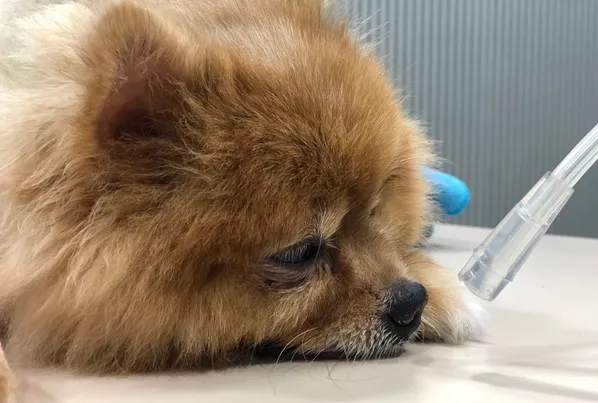
Cyanosis is a bluish discoloration of the skin and mucous membranes of the body caused by inadequate oxygen levels. Cyanosis is an emergency, and the root cause may be life-threatening and may or may not be reversible. Once back home, homecare instructions must be followed carefully.
Cyanobacteria Poisoning

Blue-green algae, also called cyanobacteria, are found in fresh and brackish water of ponds and lakes. These microscopic bacteria can also grow in backyard fountains, garden pots, bird baths, and anywhere water is stagnant. Regardless of where they are found, cyanobacteria can be dangerous.
Corneal Ulcers in Dogs
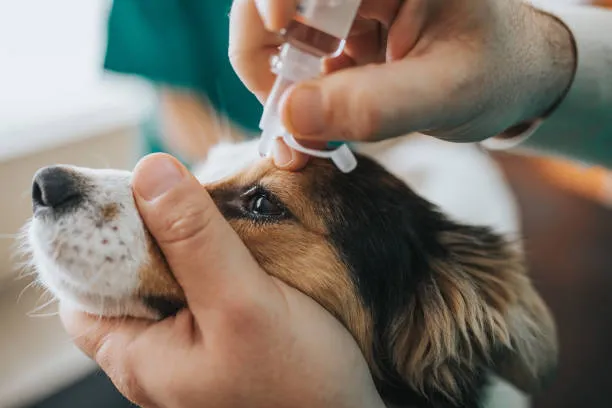
The cornea is the transparent, shiny membrane that makes up the front of the eyeball. With a corneal ulcer, fluid is absorbed from the tears into the stroma, giving a cloudy appearance to the eye. The most common cause of a corneal ulcer is trauma. Less common causes of corneal ulcers include bacterial infections, viral infections, and other diseases.
Congestive Heart Failure in Dogs

Congestive heart failure (CHF) refers to the heart’s inability to pump adequate blood to the body. There are many causes of CHF in dogs. The two most common causes are mitral valve insufficiency (MVI), or a leaky mitral valve, and dilated cardiomyopathy (DCM). The most common clinical sign of CHF is persistent coughing accompanied by difficulty breathing. Other signs include coughing when at rest or sleeping, an increased resting respiratory rate or excessive panting, persistent loss of appetite, a swollen belly, and pale or bluish gums.
Cholecalciferol (Vitamin D3) Rodenticide Poisoning
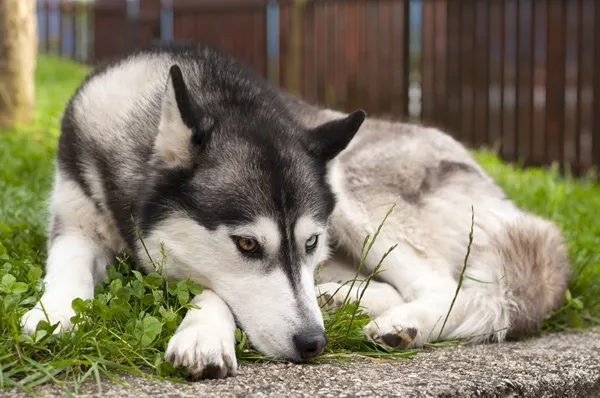
Cholecalciferol (vitamin D3) has become increasingly more common as a residential rodenticide. While it may seem like a safer option than anticoagulants, there is no antidote available and the amount in a single block is a severe overdose in nearly all animals. This handout discusses clinical signs, treatments, and prognosis for cholecalciferol poisoning in pets.

